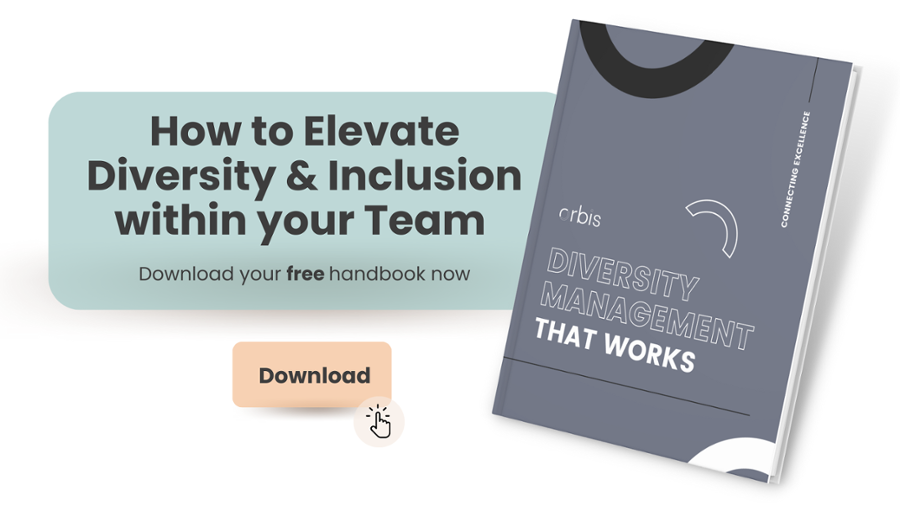
Diversity and Inclusion are a priority for thousands of businesses globally, and rightly so! We are all aware by now how crucial it is to have a diverse team, not only to produce compelling, insightful work - but also because it is proven that it’s better than a homogeneous workforce.
But, for effective diversity and inclusion, there must be measurable parameters to ensure that you are holding yourself accountable, not falling into tokenism, or paying lip service to a glossy D&I campaign without any weight behind it.
Gender is a specific area that is recognised within Diversity and Inclusion, and gender balance is crucial to measure both at a junior level and at a board level. An imbalance in either “hierarchy” can create blockers across the whole business.
Gender is a social construct.
If you didn’t already know, gender is a social construct. Medical News Today explains this clearly, stating that “Sex” refers to the physical differences between people who are male, female, or intersex. A person typically has their sex assigned at birth based on physiological characteristics, including their genitalia and chromosome composition. This assigned sex is called a person’s “natal sex.”
Gender, on the other hand, involves how a person identifies. Unlike natal sex, gender is not made up of binary forms. Instead, gender is a broad spectrum. A person may identify at any point within this spectrum or outside of it entirely.
People may identify with genders that are different from their natal sex or with none at all. These identities may include transgender, nonbinary, or gender-neutral. There are many other ways in which a person may define their own gender.”
So, if we really break this down - it can often be difficult, especially in larger organisations, to measure their gender balance effectively and also in an inclusive way.
The more inclusive you are, the more conscious you’ll be of hiring
In some organisations, measuring simply on male and female as gender doesn’t necessarily mean that you’re “doing it wrong” - because the fact that you are taking steps to hold yourself accountable and look at gender balance is half of the battle. But, there can’t be diversity without inclusivity, even when you go as granular as looking at your statistics and data.
The more inclusive you are with measuring gender, the safer your employees should feel, and the by-product should be diverse and inclusive hiring.
Passport or identity?
If there was a silver bullet to this answer, then everybody would have it figured out. As we’ve mentioned in multiple articles talking about the multifaceted nuances of D&I, you have to do what works for you and your organisation, and ultimately, what makes your employees feel empowered.
In some situations, your team may find it easier to identify by their passport, simply because that’s what makes the most sense to them. Or, they may prefer to go by their pronouns and how they identify now, and that’s okay too!
The most important thing is being receptive to these changes and being mindful of individuals who a) don’t want to share for personal reasons, or b) are still in the process of figuring out their gender identity. Both are valid.
Particularly for transgender employees, you must ensure that you’re creating a safe space to have these conversations, and also explain the reasons behind asking in the first place.
The bottom line: It’s about inclusivity and making people feel safe.
Measuring your gender balance is crucial for accountability and future hiring, but don’t let it come at the expense of your employees' psychological well-being and their boundaries. Create more than one way for them to identify, have open conversations, and ultimately design a methodology to collect data that will enable you to have the best of both worlds!
How does your organisation measure gender?
If you have insight to share, let us know down in the comments!
For more information on how you can sustain an inclusive workplace, check out our free D&I in the Workplace handbook, available to download now.



